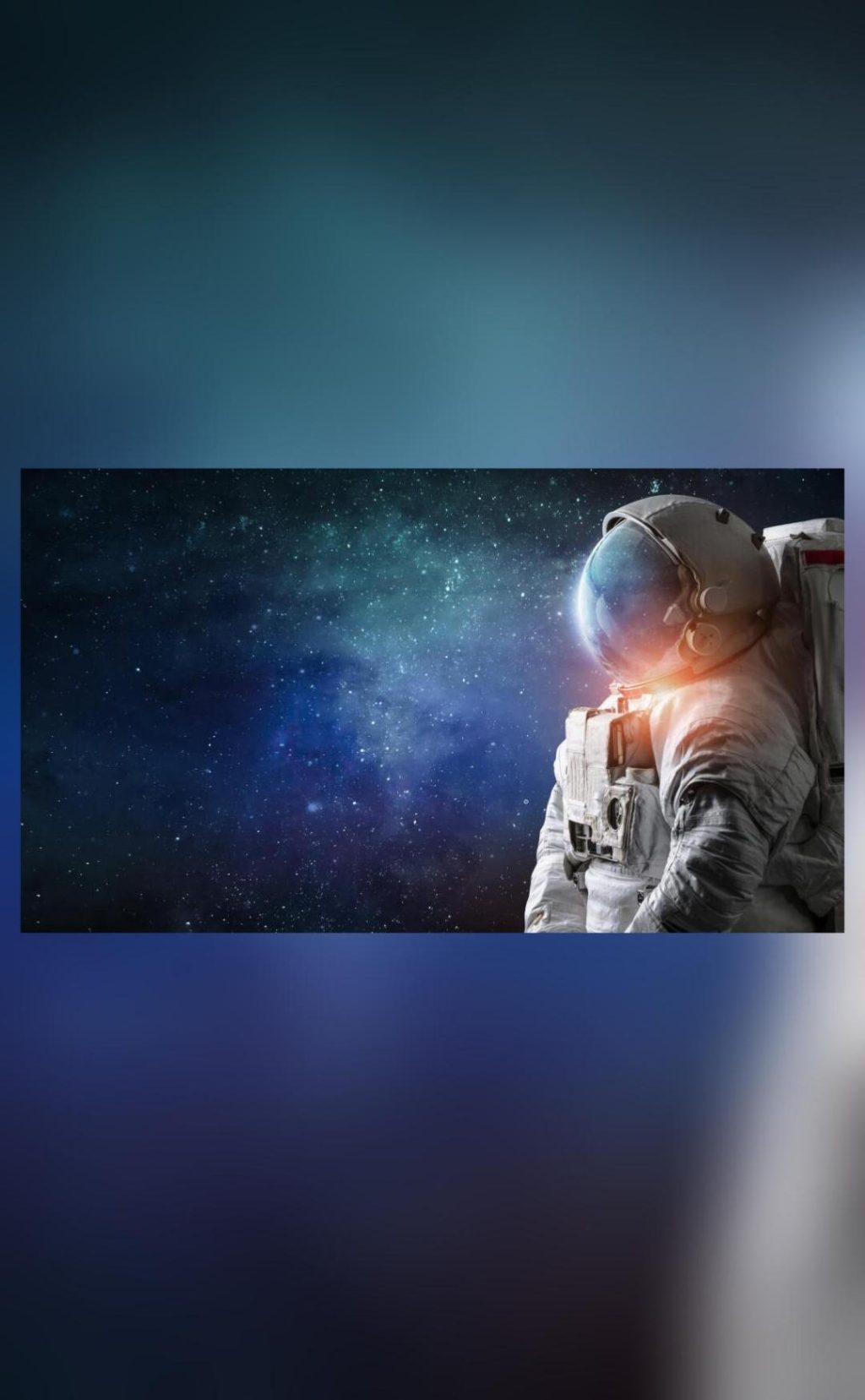
Google & NASA Create AI Medical Assistant for Mars Missions
As humanity takes its first steps towards colonizing Mars, ensuring the health and well-being of astronauts on long-duration space missions becomes a top priority. To address this challenge, NASA and Google have joined forces to develop an innovative AI-powered medical assistant, designed to provide critical medical care in space. The Crew Medical Officer Digital Assistant (CMO-DA) is a groundbreaking technology that utilizes Google Cloud’s Vertex AI platform to process speech, text, and images, providing astronauts with timely and accurate medical assistance during Mars missions.
The CMO-DA project is a testament to the power of collaboration between private industry and government agencies. By leveraging Google’s expertise in AI and machine learning, NASA has been able to develop a cutting-edge medical assistant that can accurately diagnose and treat a range of medical conditions in space. The technology has the potential to revolutionize the way healthcare is delivered in space, enabling astronauts to receive timely and effective medical care during extended stays on the Martian surface.
So, how does the CMO-DA work? The AI-powered medical assistant is designed to process a wide range of data inputs, including patient symptoms, medical history, and diagnostic test results. Using this information, the CMO-DA can generate a diagnosis and treatment plan, which can be reviewed and approved by a human medical officer. The system is capable of processing multiple inputs simultaneously, making it an invaluable tool for astronauts who may not have access to a human medical professional in real-time.
One of the key challenges facing the development of the CMO-DA was ensuring its accuracy in diagnosing a range of medical conditions. To address this, the CMO-DA was trained on a large dataset of medical cases, including those related to ankle injuries and ear pain. The results were impressive, with the CMO-DA achieving diagnostic accuracy rates of 88% for ankle injuries and 80% for ear pain. These results demonstrate the potential of the CMO-DA to provide accurate and timely medical assistance in space.
The development of the CMO-DA is a significant milestone in the journey towards establishing a sustainable human presence on Mars. As NASA and private industry partners continue to work together to push the boundaries of space exploration, technologies like the CMO-DA will play a critical role in ensuring the health and well-being of astronauts on long-duration missions.
The CMO-DA is also an important step towards establishing a more sustainable and efficient healthcare system in space. By leveraging AI and machine learning, the CMO-DA can help reduce the workload of human medical officers, freeing them up to focus on more complex medical cases. This could lead to significant improvements in healthcare outcomes, as well as reducing the risk of medical errors.
The CMO-DA is not just a tool for astronauts on Mars missions, but also has the potential to be used in a wide range of healthcare settings. In the future, the technology could be used in emergency rooms, clinics, and even at-home care settings, providing patients with timely and accurate medical assistance.
In conclusion, the CMO-DA is a groundbreaking technology that has the potential to revolutionize the way healthcare is delivered in space. By leveraging AI and machine learning, NASA and Google have created a medical assistant that can accurately diagnose and treat a range of medical conditions, providing astronauts with timely and effective medical care during long-duration missions. As humanity continues to push the boundaries of space exploration, technologies like the CMO-DA will play a critical role in ensuring the health and well-being of astronauts on Mars missions.






